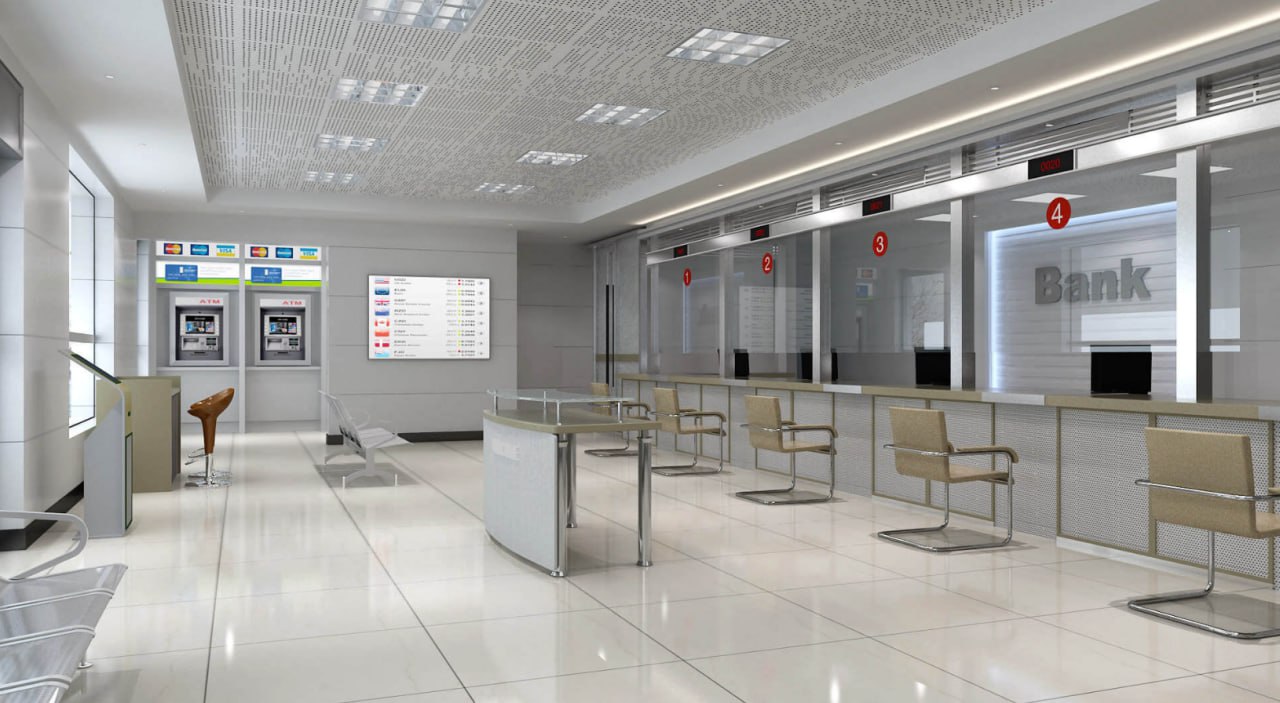

How Banks Can Use a Technologically-Advanced Queue Management System to Maximize In-Branch Efficiency
Dubai banks serve thousands of customers every day. With a high population density and a large number of transactions, any delay can become a problem. Queue management technologies help bank branches to increase the speed of service, reduce the number of complaints and improve the overall customer experience.
One of the main tasks for banks in the UAE has been to reduce waiting times. According to research, more than 70% of customers leave the branch if they have to wait more than 5 minutes. It's not just an annoyance; it's a risk of losing a customer. This is especially true for wealthy clients who are not ready to waste time waiting for their turn.
A modern queue management system includes not only electronic terminals and numbered displays. These are sophisticated solutions with CRM integration, predictive analytics, virtual booking capability, and real-time flow analysis. These systems are based on intelligent software and hardware: interactive kiosks, screens, voice alerts, and mobile applications. In some cases, facial recognition is used to identify the client and refer them to the right specialist.
A typical situation is when a customer enters a branch, scans a QR code, or receives a virtual ticket through a mobile app, selects a service, and the system automatically distributes it to the least busy channel. Thanks to this, it is possible to avoid overloading individual employees, and the load is balanced across the entire team. It tracks in real time how many customers are in line, which services are most in demand, and which employees are completing tasks faster. This data is recorded in the control panel, accessible to managers.
The Role of Virtual Queuing and CRM Integration in Service Personalization
Special attention is paid to integration with CRM. This allows the employee not only to see the client's name, but also their transaction history, preferences, and requests. This approach enhances the personalization of the service and reduces the time needed to clarify information. An employee performance assessment system is also often used, where the average service time, preparation for the next call, and number of accepted clients are analyzed and used to improve work processes.
Virtual queues have become a real breakthrough. They became especially popular during the period of restrictions, when personal presence in the department was limited. Today, virtual queues allow you to make an appointment in advance, receive notifications via WhatsApp, SMS or an app, and reschedule a visit without needing a call. The customer can choose a convenient time, the nearest branch with the least load, and reduce their presence in the waiting room to a minimum.
These technologies are particularly effective during rush hours as it is able to reallocate employees to more busy areas without waiting for complaints. Due to dynamic personnel management, the waiting time is reduced.
Long-Term ROI of Smart Queue Technologies
In addition, the systems include collecting feedback. After the visit, the customer can leave a review at the digital kiosk, via the mobile app, or via a link in the message. This data is also sent to the analytics system, where it is compared with the duration of the visit, the selected service, and the evaluation of the specialist's work. This way, you can quickly respond to problems and form proposals that meet customer expectations.
It is worth noting that the service life of such systems ranges from 5 to 8 years, while they require minimal maintenance. This makes them profitable in terms of investments. Savings are achieved not only by reducing the workload of employees, but also by reducing the cost of recruiting additional staff. Moreover, banks can integrate data from the queue management system with other platforms, which allows them to track customer behavior, identify popular services, and predict workload.
The use of smart algorithms, personalization of service, support for multi-channel interaction and mobile technologies make the queue management system a powerful tool. In the context of high competition between banks in Dubai, such solutions are becoming not just a convenient addition but a strategic tool for increasing customer loyalty and operational efficiency.
Thus, queue automation is no longer a luxury but a necessity for any modern bank branch. Technology allows banks in Dubai to meet customer expectations, reduce costs and improve the quality of each employee's work.
Related Blogs

Smart Queue Management in Banking | Aristostar UAE
Queue management in UAE banking transforms service by cutting waiting times, streamlining customer flow, and enabling data-driven decisions. Virtual queuing and multilingual support set a new standard.

Queue Management via WhatsApp
WhatsApp Queue Management allows customers to join service queues, track their status, and receive real time updates directly from WhatsApp
.png)
AI-Powered Queue Management
Upgrade your customer journey with Queaxis























